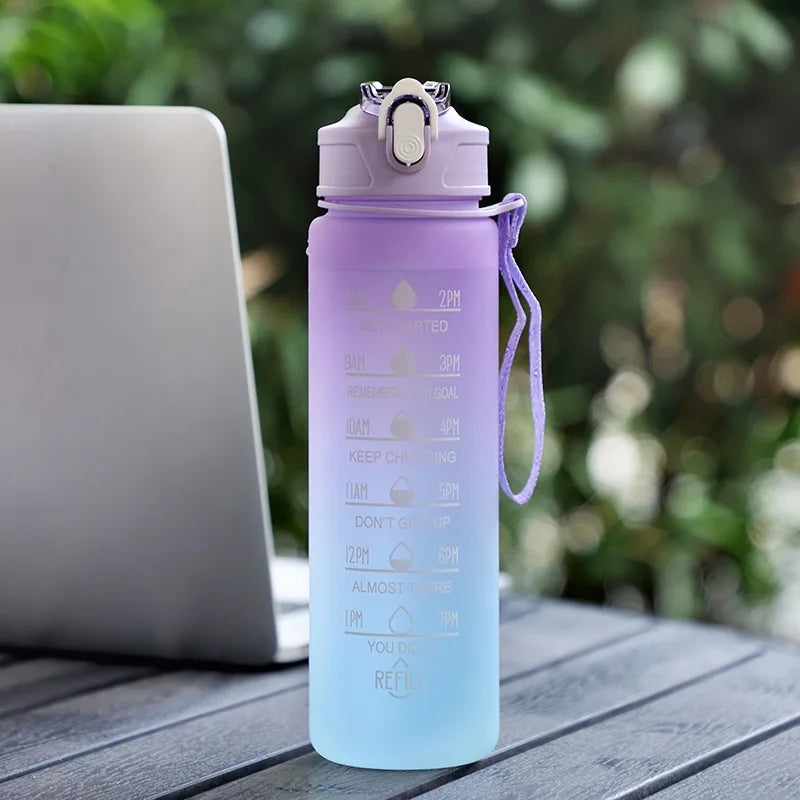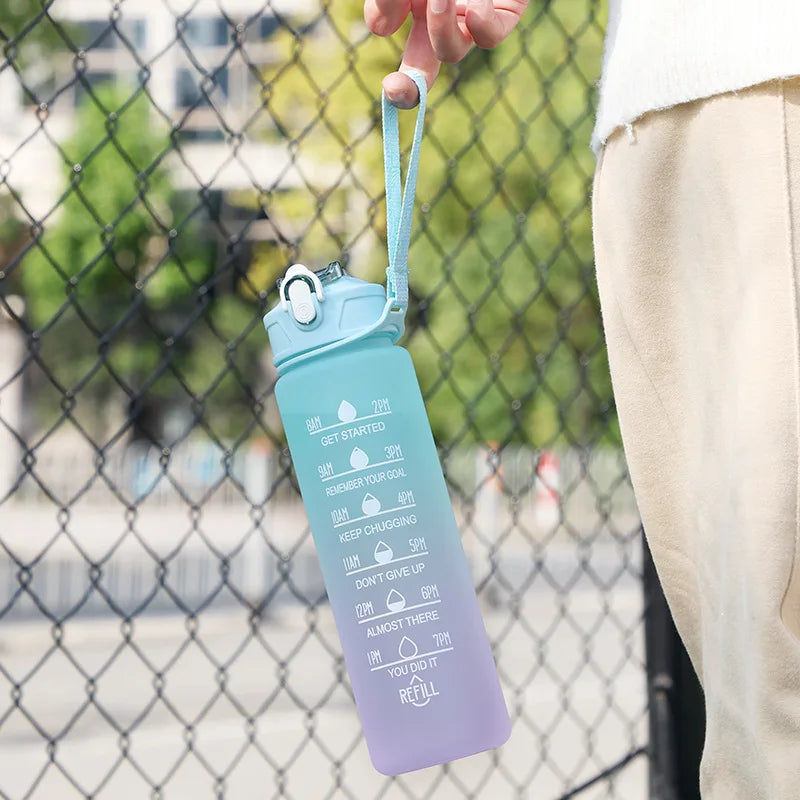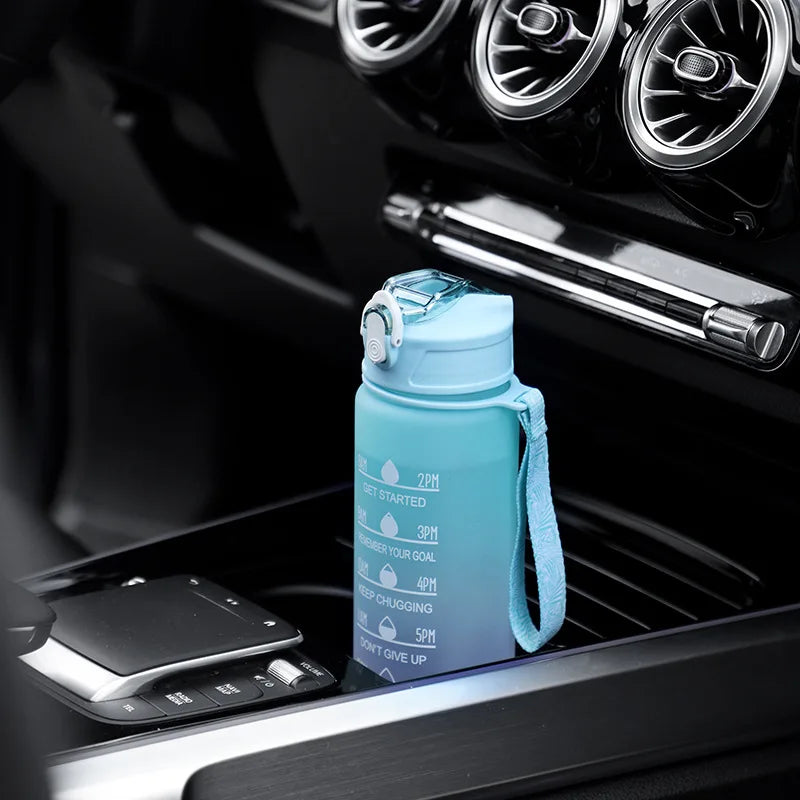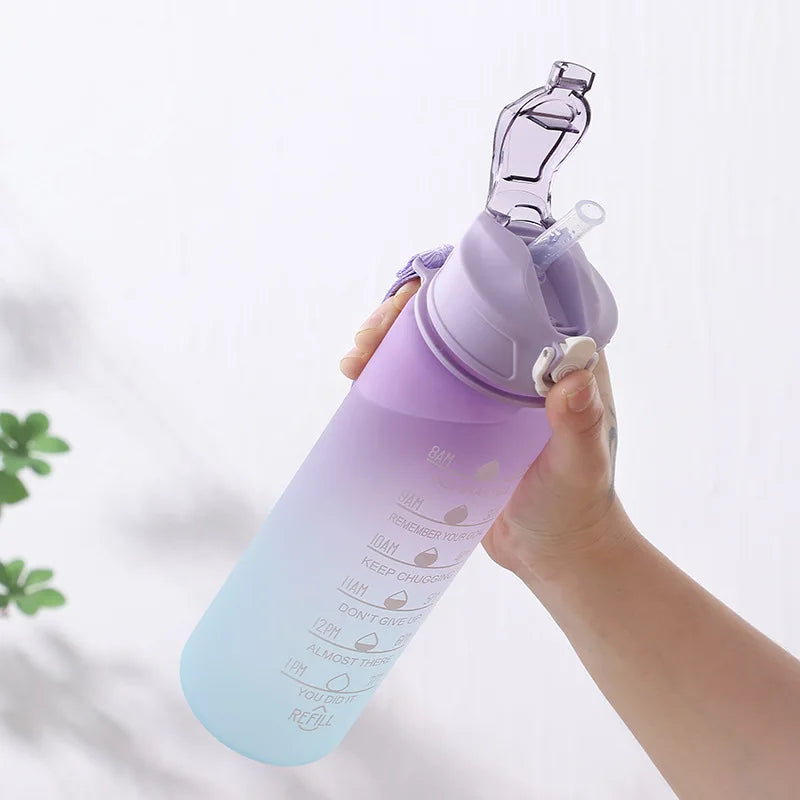Exploring the Versatility of Silicone Gel for Different Scar Types
Injuries and procedures to the skin always leave scars, and these marks can take many forms, each with its own set of difficulties. The use of silicone gel has recently grown in popularity as a means of scar treatment.
We explore the specifics of using silicone gel on various scar types and their respective effectiveness in this post.
Understanding the Different Types of Scars
Before exploring the effectiveness of silicone gel, it's crucial to understand the different types of scars:
- Keloid Scars: Thick, raised scars that grow beyond the boundaries of the original wound.
- Hypertrophic Scars: Similar to keloids but stay within the wound border.
- Atrophic Scars: Indentations in the skin, commonly resulting from acne or chickenpox.
- Acne Scars: Scarring due to severe acne, which can be atrophic or cause discolored spots.
Silicone Gel for Keloid and Hypertrophic Scars
Effectiveness in Managing Raised Scars
Silicone gel is particularly beneficial for keloid and hypertrophic scars. It hydrates the scar, reduces excessive collagen production, and helps flatten and soften the raised scar tissue.
Application Tips:
- Apply a thin layer of silicone gel on the scar.
- For best results, use consistently for several months.
Using Silicone Gel for Atrophic and Acne Scars
Aiding in Skin Texture Improvement
Silicone gel can help improve the look and texture of skin, even though it is more difficult to cure atrophic and acne scars. It keeps the skin moist, which is essential for encouraging a healthy environment for the skin to heal.

Application Tips:
- Regular application can help in smoothing the skin’s appearance over time.
- Pair with other treatments like dermal fillers for more significant improvements.
The Role of Silicone Gel in Scar Coloration
Reducing Discoloration and Improving Skin Tone
Regardless of the type of scar, silicone gel can help in reducing redness and discoloration, leading to a more uniform skin tone. This is particularly beneficial for scars left by acne.
Application Tips:
- Apply silicone gel regularly to the discolored area.
- Patience is key, as improvements in scar coloration can take time.
Combining Silicone Gel with Other Treatments
A Multifaceted Approach to Scar Management
In some cases, combining silicone gel with other treatments such as laser therapy or microneedling can yield better results.

Consult with a dermatologist for a personalized treatment plan.
Conclusion
When it comes to scars, silicone gel stands out as a multipurpose and effective option. For silicone gel to work its magic on scars, you need to know what kind of scar you have and stick to a regular application schedule.
Silicone gel, when applied consistently and with care, can greatly improve the look and feel of scars.
References:
https://www.mayoclinic.org/diseases-conditions/keloid-scar/symptoms-causes/syc-20520901
https://www.ncbi.nlm.nih.gov/books/NBK470176/
https://www.ncbi.nlm.nih.gov/pmc/articles/PMC4445894/
https://www.mayoclinic.org/diseases-conditions/acne/expert-answers/acne-scars/faq-20058101
https://www.ncbi.nlm.nih.gov/pmc/articles/PMC2989813/
https://www.ncbi.nlm.nih.gov/pmc/articles/PMC4486716/
General Disclaimer: All information here is for educational purposes only and is not meant to cure, heal, diagnose nor treat. This information must not be used as a replacement for medical advice, nor can the writer take any responsibility for anyone using the information instead of consulting a healthcare professional. All serious disease needs a physician.
















